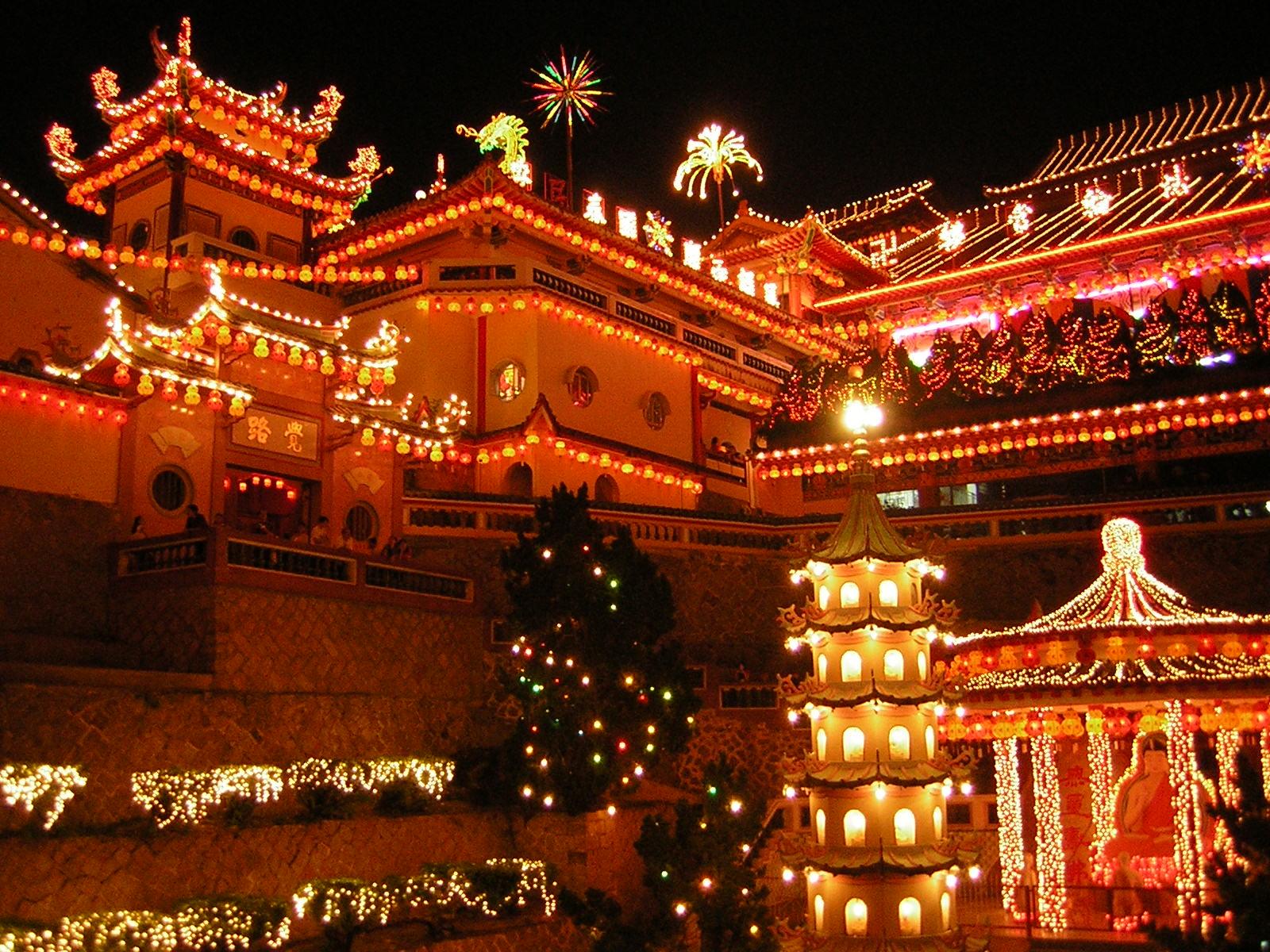
As there are significant numbers of Chinese living in the Philippines, and that Chinese culture, traditions, and influences have become part of Philippine society as well, the Chinese New Year is celebrated with reverence and revelry in the many places associated with the Chinese living in the Philippines, like Binondo, Manila. The celebrations and festivities are colorful and lively and showcase the best of Chinese culture, like lion and dragon dances.
The Chinese New Year is the most important of the traditional Chinese holidays. In China, it is also known as the Spring Festival, the literal translation of the modern Chinese name. Chinese New Year celebrations traditionally ran from Chinese New Year's Day itself, the first day of the first month of the Chinese calendar, to the Lantern Festival on the 15th day of the first month, making the festival the longest in the Chinese calendar. Because the Chinese calendar is lunisolar, the Chinese New Year is often referred to as the "Lunar New Year".
The origin of Chinese New Year is itself centuries old and gains significance because of several myths and traditions. Traditionally, the festival was a time to honor deities as well as ancestors. Chinese New Year is celebrated in countries and territories with significant Chinese populations, including Mainland China, Hong Kong, Macau, Taiwan, Singapore, Thailand, Indonesia, Malaysia, Mauritius, and also in Chinatowns elsewhere. Chinese New Year is considered a major holiday for the Chinese and has had influence on the lunar new year celebrations of its geographic neighbors.

Within China, regional customs and traditions concerning the celebration of the Chinese new year vary widely. Often, the evening preceding Chinese New Year's Day is an occasion for Chinese families to gather for the annual reunion dinner. It is also traditional for every family to thoroughly cleanse the house, in order to sweep away any ill-fortune and to make way for good incoming luck. Windows and doors will be decorated with red colour paper-cuts and couplets with popular themes of "good fortune" or "happiness," "wealth," and "longevity." Other activities include lighting firecrackers and giving money in red paper envelopes.

Although the Chinese calendar traditionally does not use continuously numbered years, outside China its years are often numbered from the reign of the Yellow Emperor. But at least three different years numbered 1 are now used by various scholars, making the year beginning in 2013 AD the "Chinese Year" 4711, 4710, or 4650.









